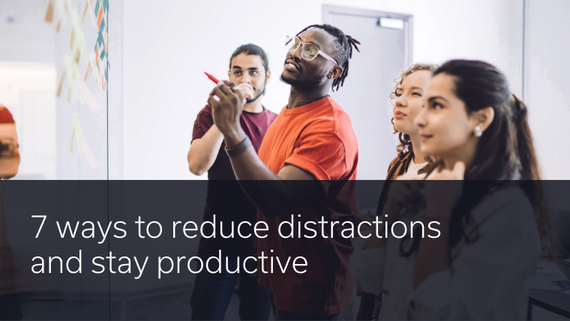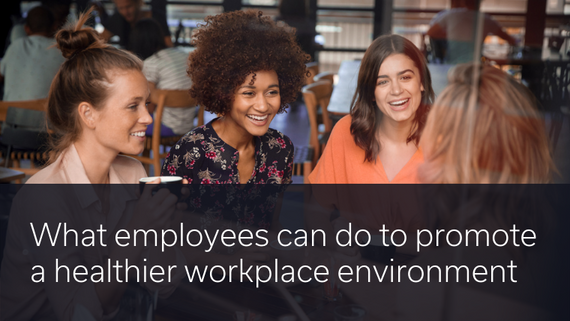People first: solidifying and improving your workplace culture during tough times

The headcount cuts and remote working that have become part of our lives during the pandemic continue to pose a big risk to staff morale. Constant disruption and change, continuing over long periods of time, can create a sense of instability and fear. HR teams are often at the forefront of business change – coaching managers on how to deliver difficult news, designing crucial remote working policies, and, unfortunately, letting people go when times are tough.
For your core staff, a positive outlook despite the tough climate is more important than ever. It might feel inauthentic, crass, or just tone deaf to act positively given the circumstances, while many companies choose to grit teeth and “get through” the bad patch. But for HR teams, prioritising a robust and inspiring workplace culture, and focusing on deep values established long before these challenging times, gives a solid foundation for a strong recovery in the long-term.
This solid foundation offers employees hope and support in continuing their day-to-day tasks. It can provide tools for the transition into a post-Coronavirus world.
As an added bonus, maintaining, and even improving your company culture, costs nothing except for time and effort. And the rewards in terms of your employees’ engagement, advocacy, and retention, will pay for themselves.
What are our values?
A company’s culture can be described as a set of values, a combination of both spoken and unspoken rules. These govern the ‘personality’ of any organisation, defining how staff feel about their employer; what they say about it in public and in private; how they behave at work and, ultimately, governing the way they perform their jobs.
If no active design of these values is undertaken, then company culture will evolve on its own, for good or for ill. In this scenario, HR and senior leadership have very little control over the eventual company image. Instead, it’s far better to actively define these values, and to reiterate them at every stage of the employee lifecycle – from interviewing and hiring, through day-to-day minutiae, even through to the point that an employee chooses to move onto new pastures, ensuring they leave with a positive impression of their time with the company.
The physical office vs the virtual office
Whilst changes to operating models or ways of working can happen overnight (and almost daily in the current climate), leaving some employees rattled and unsettled, strong communication and open conversations between HR and leadership can eliminate problems and concerns.
It’s important that everyone working in a virtual office always has a clear understanding of the company’s goals. Cultural goals can be reinforced through online team building events, and through the usual perks that one would expect when working in the physical office, including competitions, celebrations of birthdays, work anniversaries, welcoming new starters, promotions and other milestones.
Whilst lockdown is easing in some locations, it could well return. Virtual games nights and pub quizzes quickly gained popularity during initial lockdowns, especially where small prizes via couriers such as Uber Eats were involved! This could be the case again in the event of new lockdowns.
The importance of a non-work chat at the beginning of the day was also adopted, as people started to miss their water cooler conversations and the human connection in catching up about spouses, pets, children, hobbies – anything non-work related
People first
When organisations are in crisis, it’s ironic that people are often the first to be overlooked, in favour of sudden business rescue. Two points are clear for HR:
- Without people, there is no business
- Panic mode never lasts forever
By driving an employee-centric agenda, HR can reprioritise relationships, offer recognition and drive communication via multiple channels.
Learning & development
When training can’t be delivered in the traditional in-person setting, in many cases it simply stops. But, in-house training can easily be delivered online, providing it’s digestible, simple, interactive and fun. Topics should cover new workplace practices when working-from-home, as well as career development and other practical skills.
In designing training, HR should start by asking employees about their ambitions. This ensures the training is tailored to their desires and increases engagement. This, in turn, increases skill levels, which can, in turn, increase profitability.
What next?
As HR continues to promote company culture, how can we ensure that the importance of culture and values remains at the heart of our businesses?
- Reward and recognise staff who are demonstrating the most ‘desirable’ behaviours and performance, to promote those qualities in others.
- Encourage staff to build in-house connections, even if it is only remotely. New starters should have a chance to meet all staff online, in small groups, and eventually meet people in person. Formal and informal mentorship can also be useful here.
- Lip service is not enough - HR must walk the walk as well as talk the talk. As crucial members of staff themselves, it’s important that HR and leaders are always positive about the culture, leading by example.
- Keep the office door open. Make sure employees always have the opportunity to speak about their concerns, well-being and anxieties.
- Look outside. Instead of an always inward-looking approach, make sure the way your employees are treated at work extends to their personal life, and that there are visible efforts to contribute to the local community which also helps to reinforce company culture and brand awareness.
A focus on company culture has never been so important. Even with restrictions and limited resources, there remain many ways to identify key talent, to develop future leaders, and to always put employees first.
Download our eGuide, HR’s role in the new world of work, for practical advice and a framework of key considerations for HR leaders.











